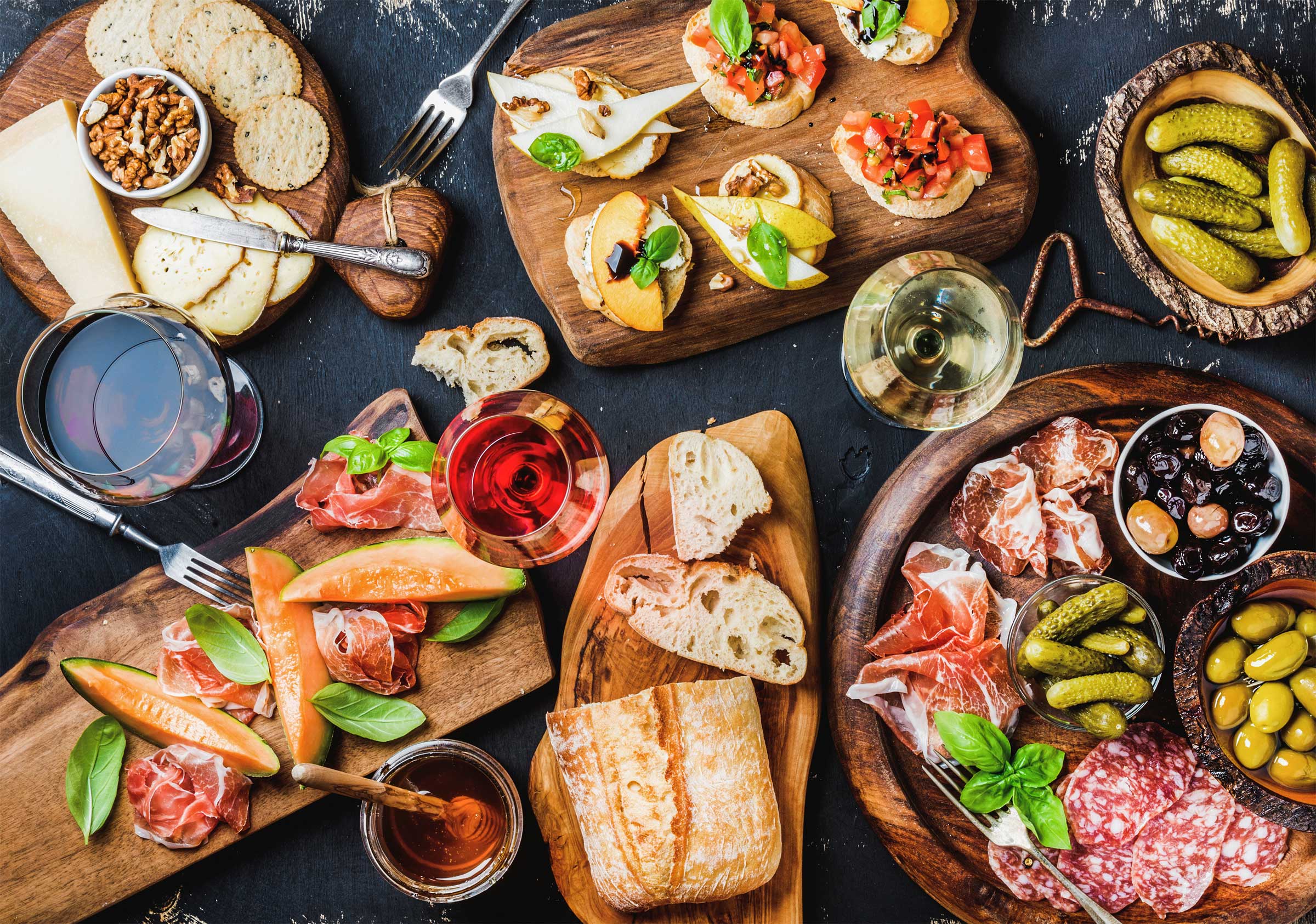Ciao e benvenuto a tutti! I am sure you are feeling full after the last two food-focused blogs, so I am storing the leftover food for thought in the fridge. Today, we shift our focus to a topic that is penetrating headlines: civic life. I mean, we cannot have RCL without the CL, right? Like in America, Italy’s political sphere is facing some turmoil. Just this week, Italy’s parliamentary election concluded with the unofficial victory of the first-ever female prime minister. Why is this controversial? To put it simply, many distrust her identity as a “right-wing” politician. Funny enough, Italians seem to be unable to escape oil, whether it be turmoil or olive oil. But before we get into all of that, let’s talk about how modern civic life started in Italy.

Certainly, you have all heard about Benito Mussolini and his ruthless governing. However, you may be wondering what happened before and after him. Things must have been alright—we wouldn’t have Frank Sinatra, Dean Martin, and Barilla pasta if the big boot simply kicked the bucket. It all started in 1848, when King Charles Albert of Sardegna-Piemonte drafted a constitution and formed a bicameral parliament (basically 19th century copy and paste). This system deserves some credit, as it remained in place until 1922 when it was replaced by the Fascists (dun-dun-dun). The notorious party of Mussolini disregarded the constitution set by the late king, yet they formed a sense of nationalism and strengthened industry. Despite this, the conclusion of World War II prompted the Italians to form a new government. And by process of referendum, the Italian Republic was formed, and a new constitution was drafted. Once again, the Italians seemed to steal a few pages from America’s book, with freedoms such as speech and press (20th century copy and paste). However, what is most remarkable about this whole affair is that social tensions did not become unbearable. I think this shows us the power of homemade wine.

Ok, so we have our parliament and America-esque government. Let’s fast forward to 2022. It will come as no surprise to you that Italy has adopted modern political perspectives on gender, economics, and so on. Yet with this new wave of ideologies, it seems as of much of Italy’s national pride has diminished. The values of faith and family that make Italians special fail to resonate with the young population. This is what new prime minister, Giorgia Meloni, plans to revive in Italians. And while this sounds like a positive goal, many associate the new leader with fascism. What concerns many is Meloni’s intent to further Christian values. Not surprisingly, Italy is significantly less religious than before, so her agenda lives at the heart of political debate. Yet at this point, it is difficult to tell just how beneficial or harmful Meloni’s governing will be, especially among the riffraff of news outlets. As my Nonna always says, “dove c’è vita, c’è speranza.” Certainly, it is a new era in Italian politics, and there is much to look forward to. In bocca al lupo, Italia.

Resources:




